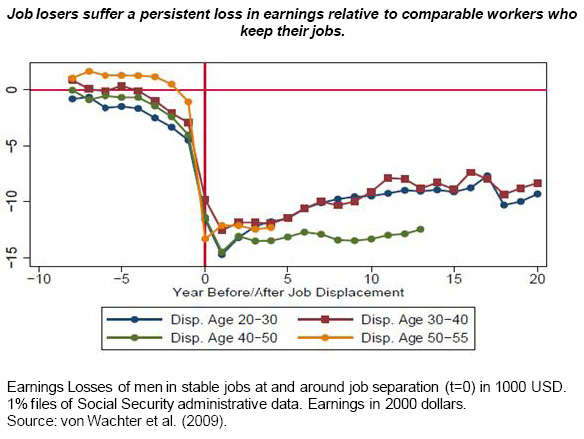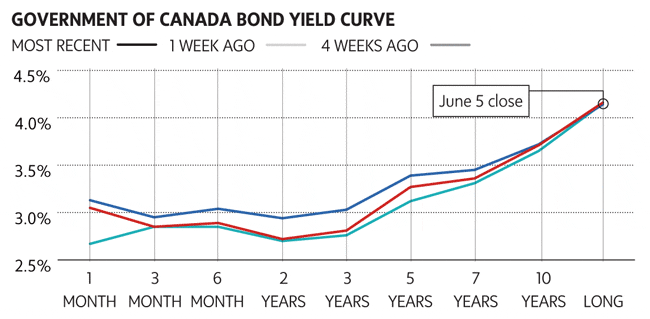In previous days I’ve argued that having a strong industrial/manufacturing base isn’t as important to a nation as it once was. But lately I’ve wondered if a loss of that base has greater implications than we think. I’m not a Jacobs devotee like many urban-minded Torontonians are, but I did think that this summation of her theory of “import replacement” is a very good explanation for why we may want manufacturing to stick around.
The Millions – Fifty Years On: Jane Jacobs and the Rebirth of New York
Why did a city like New York recover when a city like Detroit, which had a more durable industrial base, fell into blight and decay? The answer, Jacobs argues in The Economy of Cities, turns on the ability of a city’s inhabitants to innovate. Cities grow, she says, through a process she calls “import replacement.†This occurs when local tradesmen produce for themselves the goods and services they had previously been importing and then use the skills learned from this local production to create new products, which they can then export in great bulk.
Detroit, she notes, began as a port for shipping flour across the Great Lakes. Soon, local manufacturers were building their own steamships to make the lake crossings and got so good at it they began making ocean-going ships for use in other cities. This not only put money into local coffers, but supported the dozens of local engine-parts makers Henry Ford drew upon when he founded the Ford Motor Company.
But here’s the rub: the auto industry was so successful that once Ford arrived at his greatest innovation, the assembly line, the industry so dominated Detroit’s economy that there was no local market for further innovation, and, as Jacobs points out, it was only a matter of time before another city – in this case, cities in Japan – improved upon Ford’s ideas and made better, cheaper cars.
The Economy of Cities came out four years before the gas crisis that set Detroit’s long tailspin in motion, but it eerily predicts the dilemma the city faces today, in which a moribund auto industry, out-innovated by foreign competitors, had to be bailed out by the U.S. taxpayer to avoid collapse.
Like Detroit, New York began as a port city, but in New York’s case a principal byproduct of its shipping trade was a robust banking industry, which survived the city’s manufacturing collapse. Even as New York was begging for a bailout from the federal government in the mid-1970s, young hotshots like Ivan Boesky and Michael Milken, many of them children and grandchildren of immigrants who had filled the ghettos earlier in the century, were inventing new ways to own and finance large companies. Think of all the financial innovations of the last thirty years: junk bonds, hedge funds, leveraged buyouts, asset-backed securities, credit derivatives, subprime mortgage markets, and on and on.
Yes, bankers are evil, and, yes, the banking industry required a federal bailout even larger than that of the auto industry’s, but like it or not, New York is the safest large city in America, with a vital private sector and a buoyant real estate market, largely because the living, breathing organism we call Wall Street has spent the last thirty years innovating its way out of obsolescence.

